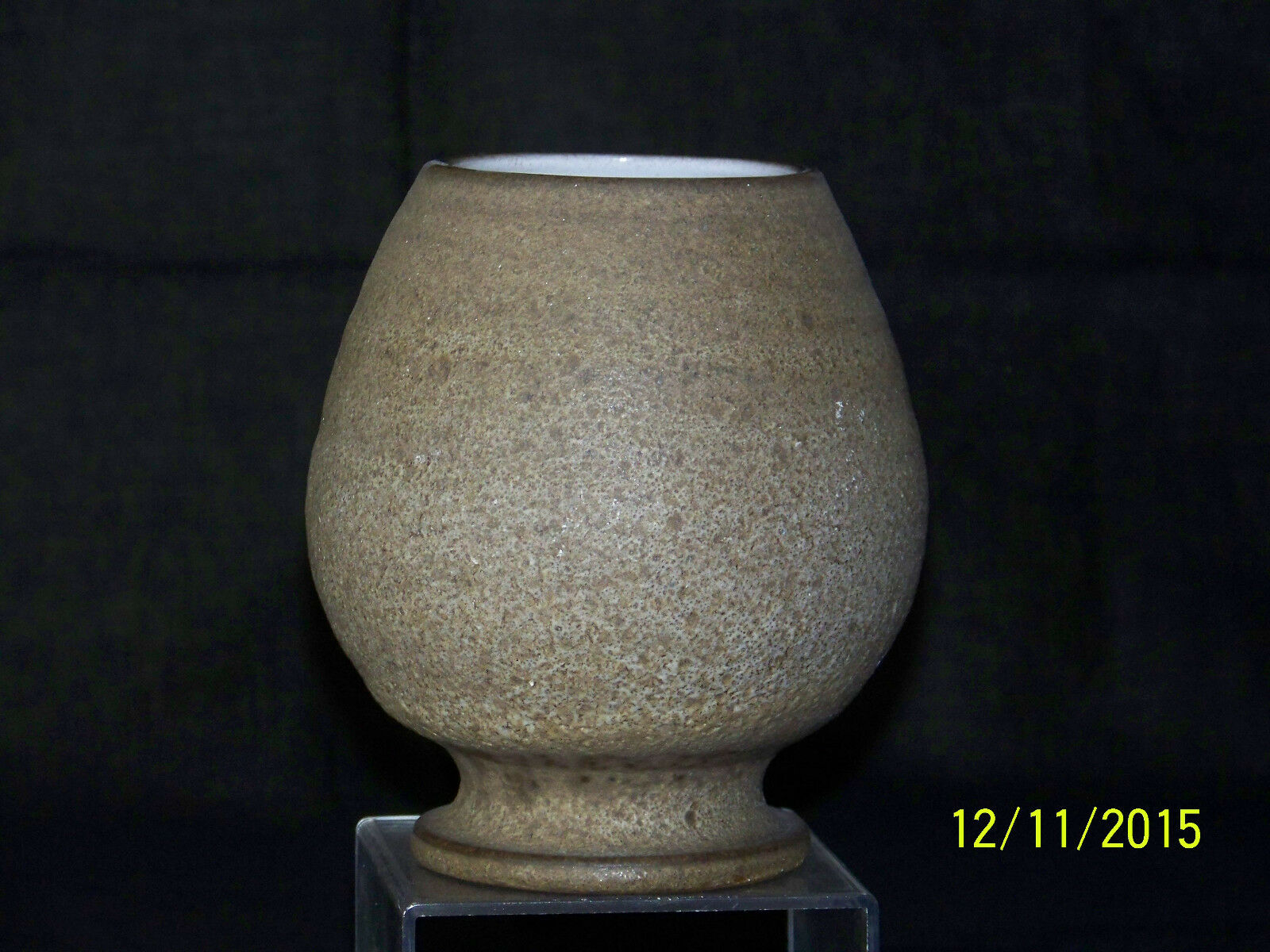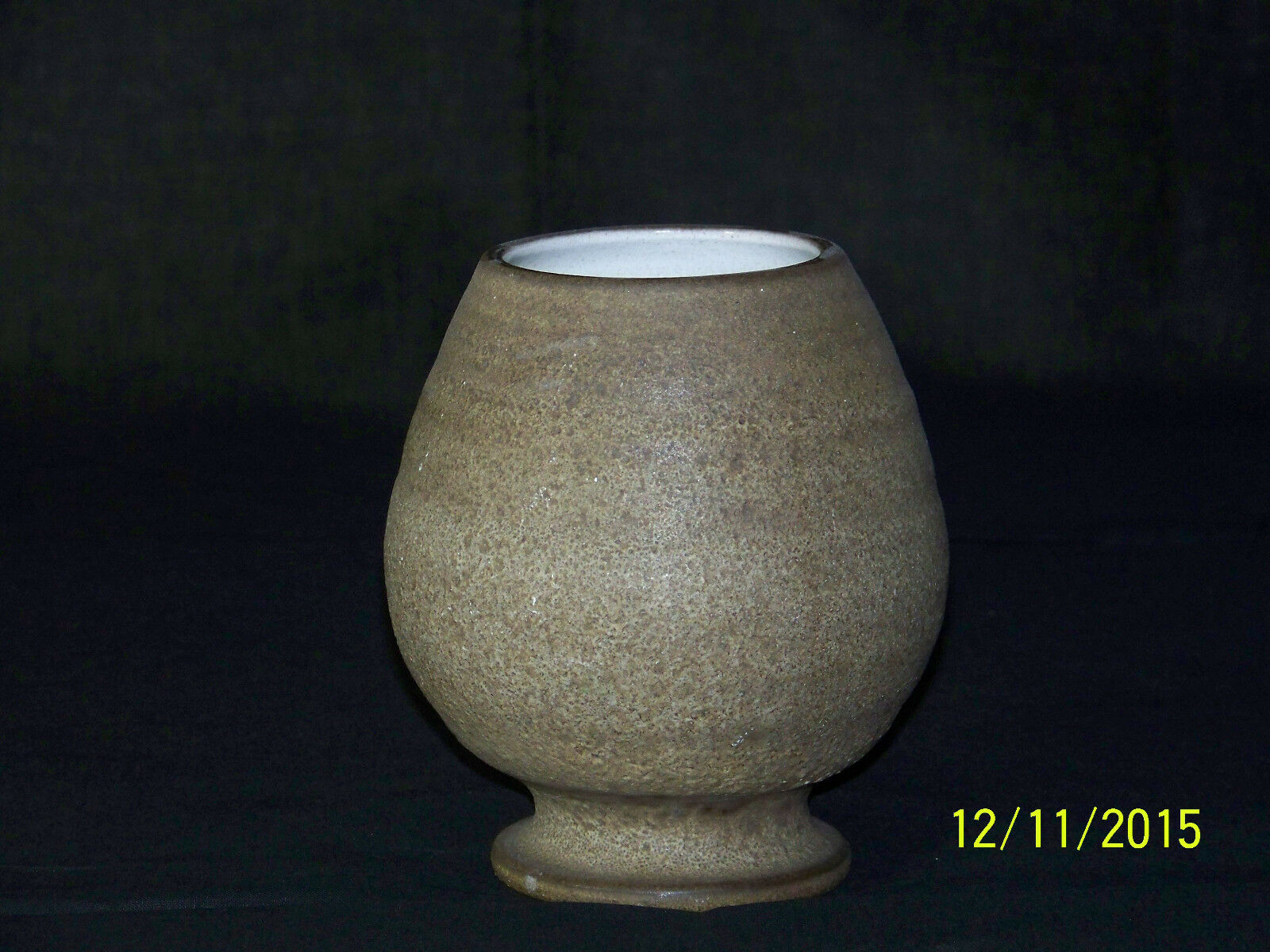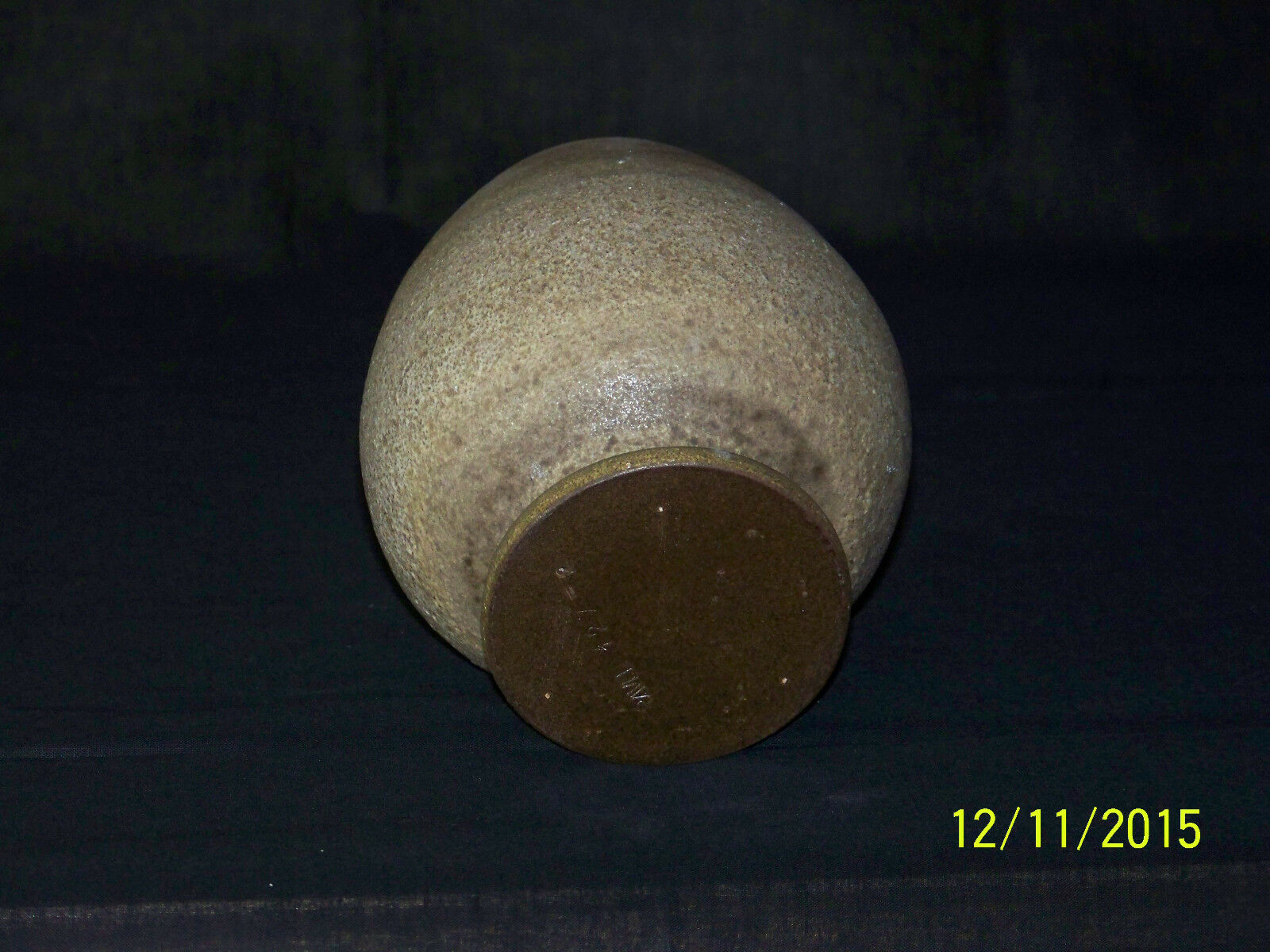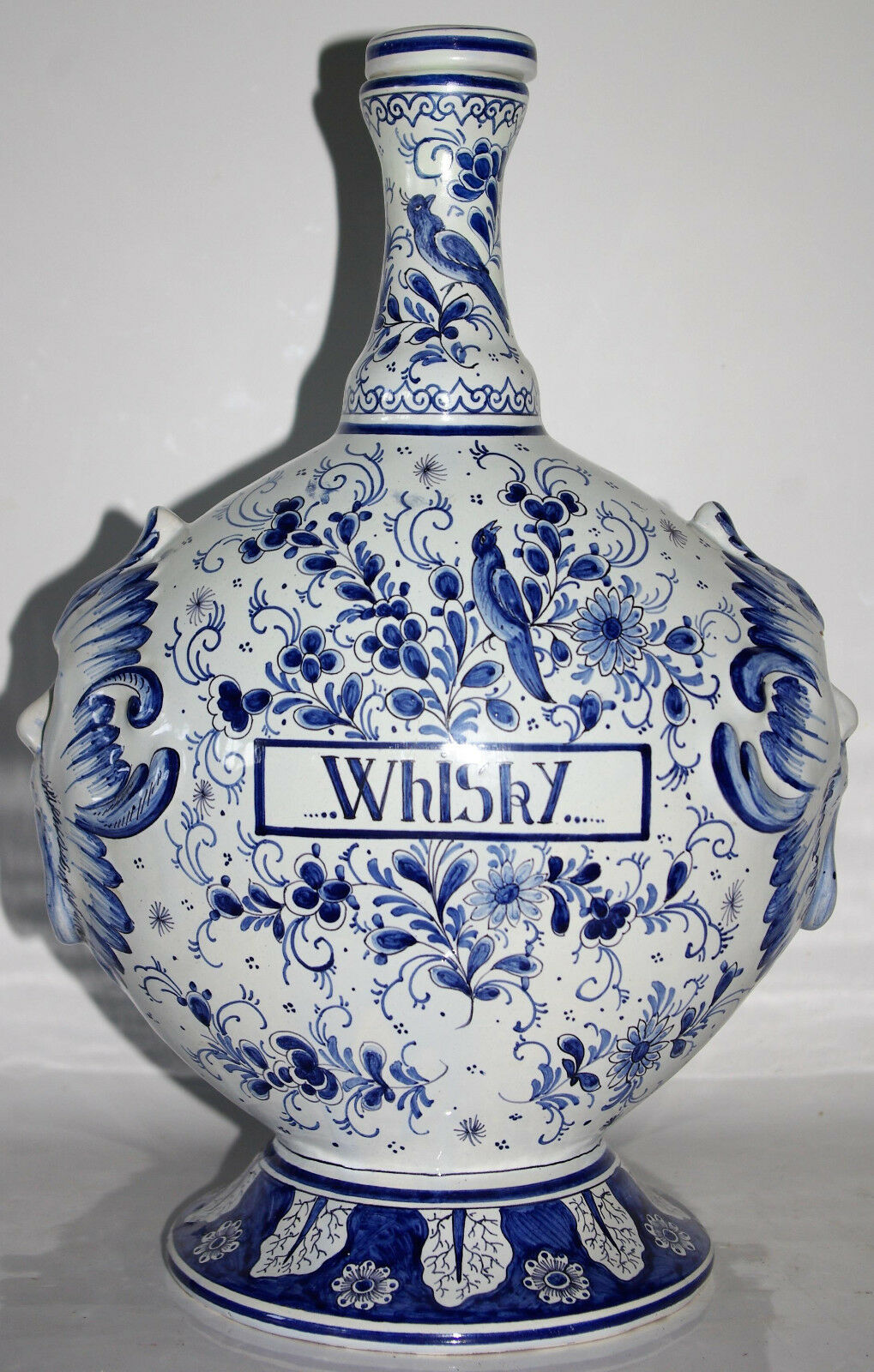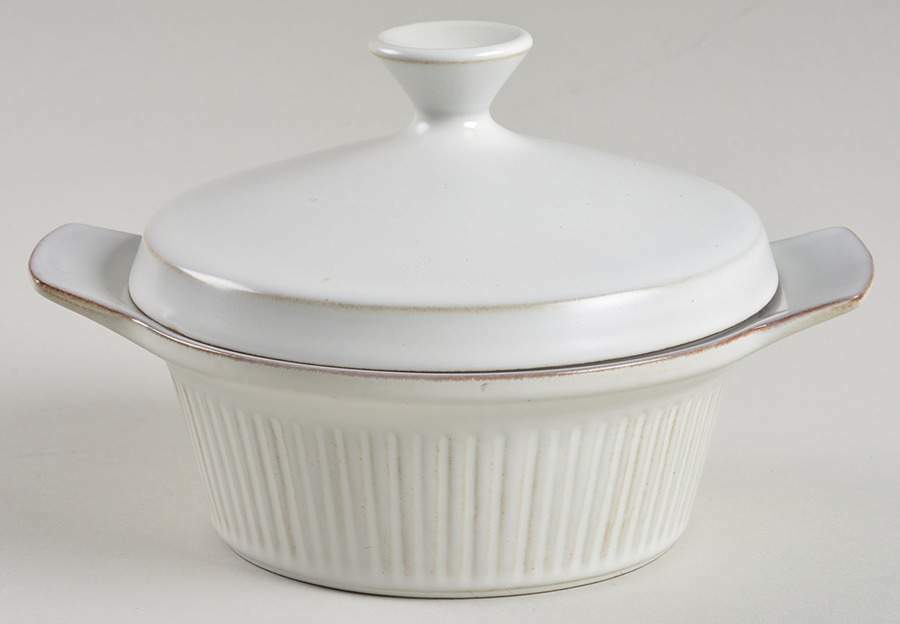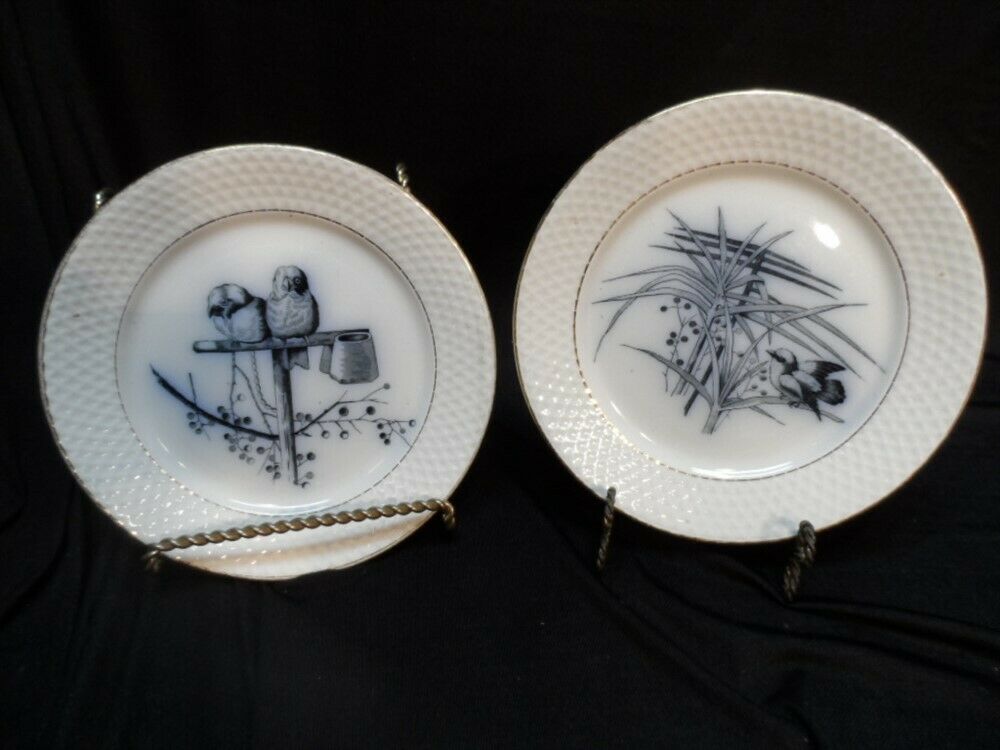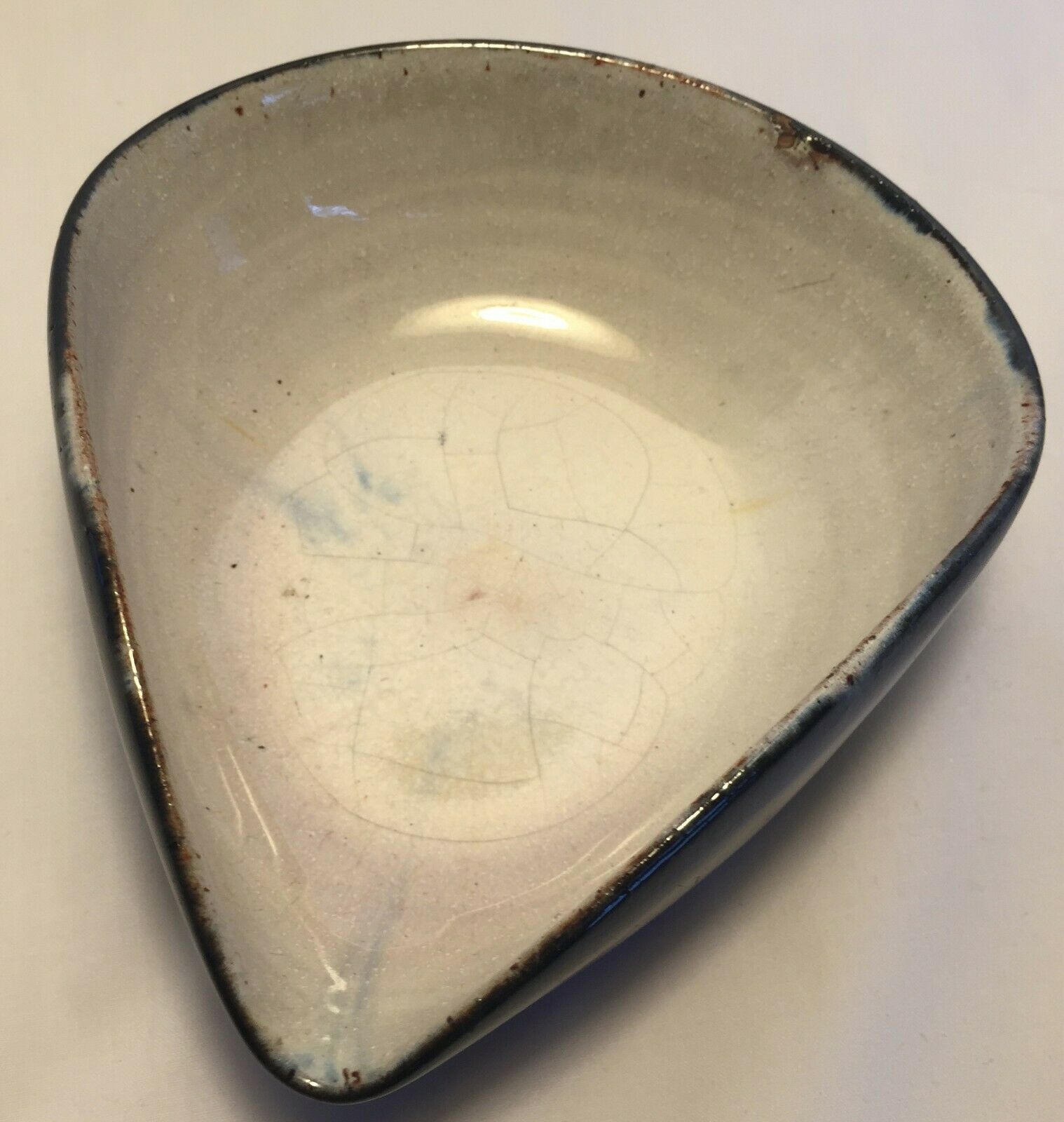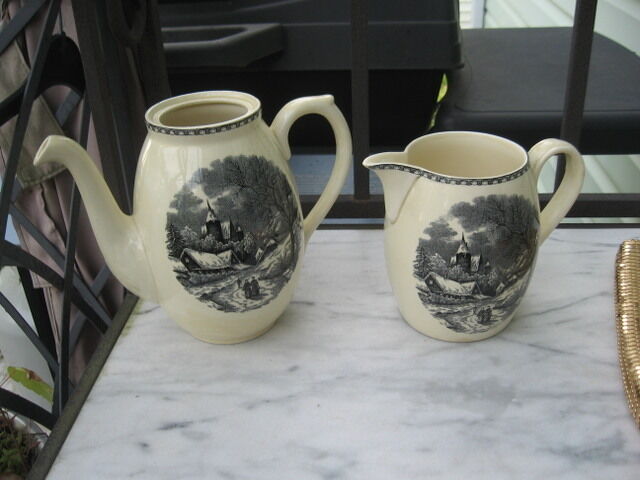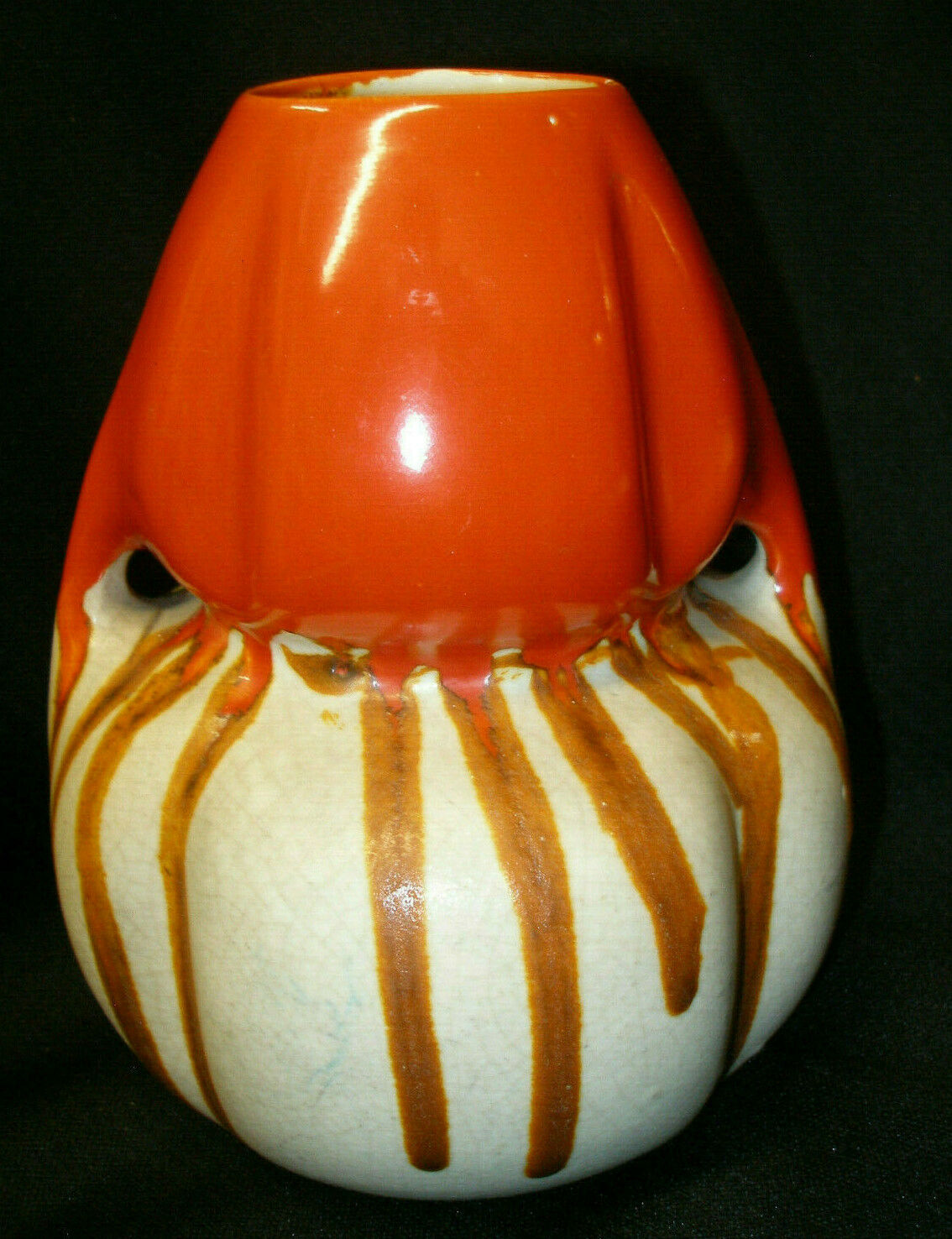-40%
Jaap Revelli Dutch Art Pottery Mid-Century Hand Spun Footed Vase
$ 199.71
- Description
- Size Guide
Description
. Jaap Ravelli (c1916-2011) Master Dutch Listed Ceramist. Mid-Century c1950's Hand Made Hand Spun Footed Vase Marked and Signed On Bottom "Ravelli 127-2." MINT/EXCELLENT CONDITION! MEASURES: 6 1/2" x 5 1/2". PLEASE WAIT FOR INVOICE!----The Jaap Ravelli ceramics is undoubtedly one of the most recognizable in the Dutch ceramic history of the twentieth century. His company in Valkenburg (ZH), which existed between 1947 and 1977, has been responsible for a large amount -mainly serial geproduceerde- articles, which it has played a major role in shaping the post-war Netherlands. (Photo by Jaap Ravelli Ravelli came from Pottery 1947-1977).
The beginning
Jaap Ravelli was born in 1916 in Princenhage. In his youth he spent a few years in the Dutch East Indies and a few years in Curaçao. After including a training at the National Training Institute for Drawing Teachers in Amsterdam and a year at the Royal Academy of Art in Amsterdam, continued Jaap along with his brother Dick (1919-1980), in the early 40s the first steps the field of ceramics. In a studio in Breestraat in Leiden, were -afkomstig tiles of the roof tile factory Oosthoek- painted and sold. Still in the war a building was rented where a peat oven was built. Between 1946 and 1947 the first products were made here, after the company moved to Valkenburg and 'Potterie Ravelli' was a fact. Jaap was the artistic brain, while Dick was involved in the background with the business.
The succes
Shortly after the war there was a great need for good use. This led to a proliferation of businesses that produced varying quality of products with varying success. Also Potterie Ravelli initially focused on simple dishes and vases. Because both owners had no experience in the ceramic surface, many things had to be gradually discovered and developed. In retrospect, one could say that the fact that the company is in a non-conformist, not traditionally developed, may well have been one of the key success factors.
Too pretty quickly emphasis came to lie on the better florist products and gifts, often packaged in wooden boxes. Especially the black and white figurines of animal and human figures testified to the highly innovative nature of the artist Jaap Ravelli. The growing prosperity in the 50s led to a favorable climate, and the design and originality joined excellent.
Except in the Netherlands, the products were readily deduction abroad, such as Germany, Australia, England and the United States. The success of the Potterie Ravelli in the 50s did not go unnoticed. The original products were thus quickly imitated by other companies, but without ever approaching the quality of the original.
In the 60s the emphasis was more on vases and bowls. In particular Incara pottery (a combination of Inca and Ra) and Birch bark left a lasting memory. Somewhat later came the Sang de Boeuf and turquoise glaze. Until the last successful products came out of the factory, were the 'Keramobiles "hanging bins intended for planting. These were soon followed, what Ravelli there to put the plants in plastic hangers execute.
Finally
The great prosperity of postwar ceramic production in the Netherlands was in the 60s gradually to an end, mainly due to strong competition from abroad. Pottery also Ravelli was difficult and had to close its doors in 1977.
What remained was a fascinating history of three decades, during which she had played a very important role in the field of design and decoration. It is therefore not surprising that the Ravelli pottery for years is a very popular collection area.
Jaap Ravelli remained long do ceramics, mostly unique pieces. He died on April 1, 2011, at the age of 94.
InfoNu maakt gebruik van cookies om het gebruiksgemak te vergroten, advertenties te beheren en de website te analyseren.
Door deze melding weg te klikken of gebruik te maken van InfoNu geef je toestemming voor het gebruik van cookies.
Ja, ik accepteer cookiesCookieverklaring
Original Dutch text:
Na ondermeer een opleiding aan het Rijksopleidingeninstituut voor Tekenleraren in Amsterdam en een jaar aan de Koninklijke Academie voor Beeldende Kunst in Amsterdam, zette Jaap, samen met zijn broer Dick (1919-1980), in het begin van de jaren '40 de eerste stappen op het gebied van keramiek.
Contribute a better translation
